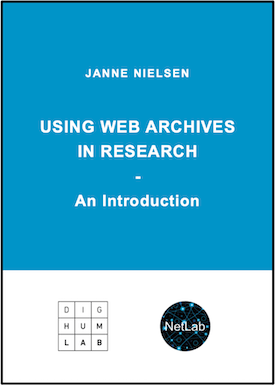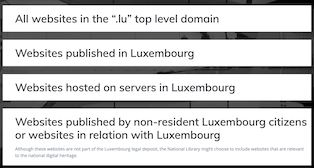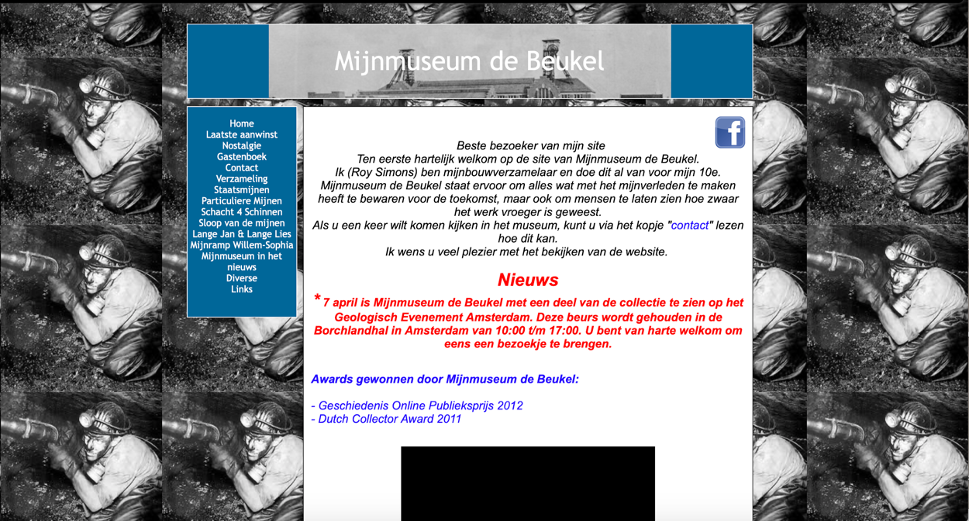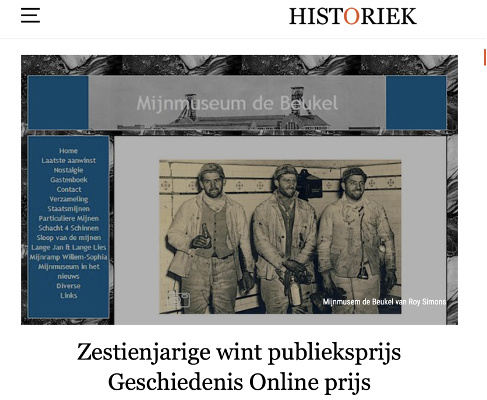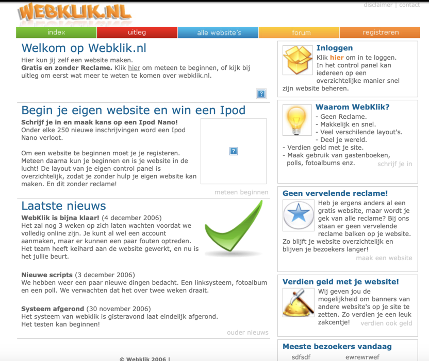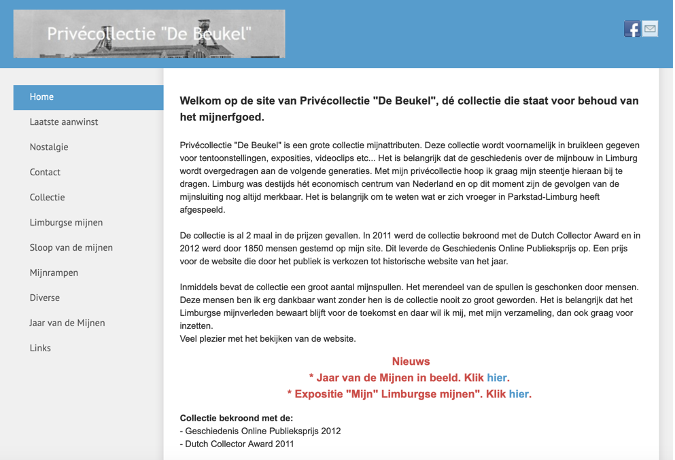Finally, it is time for you to explore the Internet Archive’s web archiving tool, the Wayback Machine, yourself. While doing this assignment, keep in mind that owing to the sheer amount of data saved in its archives (over 25 petabytes or 25 million gigabytes as of 2018), the WM can sometimes take a little longer to load than the web pages you might be used to. Sometimes you need to refresh a page once or twice to get it to load properly.
First, go to the Wayback Machine and search for Google’s home page by entering the URL https://www.google.com/ in the search box. The query should look like this: https://web.archive.org/web/*/https://www.google.com/
google
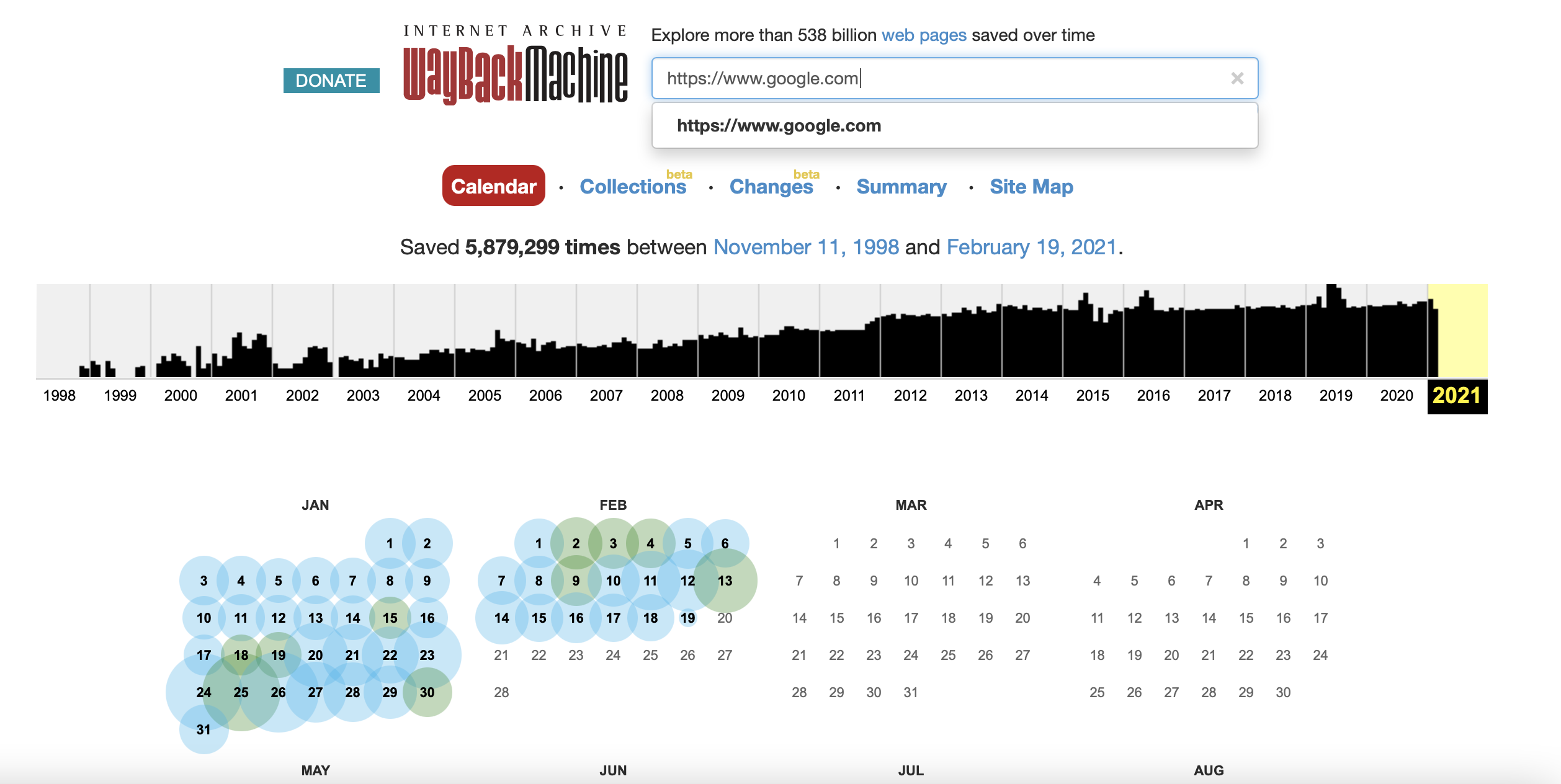
Have a look at the note under the red button marked “Calendar”. How many captures of the web page at this URL have been made and over what period?
| use the answer form to write down the answers |
Now, below the information that gives you the number of captures of the URL that have been made but above the calendar view of the past 12 months, scroll through the chronological bar graph showing all the years the URL has been saved. Find and click on the very first year that this web page was saved and then search for the month in which the very first snapshot was made. Finally, click on that first snapshot of Google saved by the Wayback Machine.
Think about some of the classic questions that you would ask of any historical source: Who created this? When did they create it? Why did they create it? How did they create it? What was their purpose in creating it? How was it used at the time? How did it look at the time compared to other similar sources?
- Using the PDF “cheat sheet” as a guide, answer the classic historical source criticism questions above and feel free to add any others you can think of.
| Who created this? |
| When did they create it? |
| Why did they create it? |
| How did they create it? |
| What was their purpose in creating it? |
| How was it used at the time? |
| How did it look at the time compared to other similar sources? |
| use the answer form to write down the answers |
Next, go to the next saved date of the Google home page (it should be in the following month) and click on the snapshot. Explore the content of the page and its hyperlinks to find out the purpose of the company and the reason they choose the name “Google”.
| Purpose |
| Why the name “Google”? |
Now go back to the current home page of the Wayback Machine https://web.archive.org/ and search for YouTube’s home page using the URL https://www.youtube.com. Find the first saved snapshot available on the Wayback Machine, and click on the link.
- What are your first impressions of YouTube’s then home page?
| use the answer form to write down the answers |
Take a screenshot of this first snapshot. Then try to click on the tabs in this snapshot (“favorites”, “messages”, “videos”).
- What happens? What does this mean for using the Wayback Machine as a resource for archiving web pages?
| use the answer form to write down the answers |
Now, go back to your calendar view of all the times that YouTube has been saved by the Wayback Machine. Click on a snapshot from 10 years after the first snapshot was made and take a screenshot of the snapshot. Complete the table below indicating differences between the features of YouTube in 2005 and 2015. Note: if you don’t find the information below in the snapshots, conduct additional research and note which other source(s) you consulted to find the information.
| |
2005 |
2015 |
| Your screenshot |
|
|
| Design |
|
|
| Navigation links at the top |
|
|
| Information about the company |
|
|
| What can be accessed |
|
|
| Notes about privacy |
|
|
| Notes about copyright |
|
|
Would the Wayback Machine be useful to you if you wanted to know whether the character of the uploaded material on YouTube has changed between 2005 and 2010?
| use the answer form to complete the table and write down your answers |

